Triathlon suits: everything you need to know

Triathlon is a popular crossover sport for cyclists. Most athletes will spend the majority of the three-part race on the bike, and the cross training benefits of swimming and running make for excellent all-over conditioning for habitual cyclists.
>>> Which is best: cycling or running?
It's common for beginner triathletes to start out wearing a swimsuit in the water, before pulling clothing over the top for the bike and run legs. However, it only takes a couple of races to see the time that could be saved by investing in a triathlon suit.
>>> Looking for an outline? Check out all you need for a triathlon
Wearing a triathlon suit speeds up your transition time substantially. Often considered the fourth discipline of triathlon (swim, bike, run, transition), anything saved here is effectively free time. For most beginners, it's a lot easier to cut off one minute in T1 and T2 than on their 5km run time.
What is a triathlon suit?
A triathlon suit is a piece of race clothing designed with the requirements of all three sports in mind. Most triathletes opt for one piece tri suits, though some wear a vest and tri shorts, particularly those competing in hot climates. In this case, the rules state that the chest should be covered and there should be no gap between the top of the shorts and bottom of the vest.
>>> Everything you need for your first triathlon
If your event is a pool swim, the triathlon suit is pretty much all you will need to wear - though women will also want to wear a sports bra that is equally quick drying to avoid the tell-tale figure eight of dampness afforded by one that is not.
If you're taking part in an open water event, and no restrictions are in place (wetsuits cannot be worn if the water temperature is high) you'll wear your triathlon suit under a wetsuit, taking the wetsuit off in transition one (peel it off from the neck, and step on the legs to speed the whole process up!).
What should I look for in a triathlon suit?
Manufacturers find it hard enough creating sports clothing suited to one sport, so what needs to be considered for all three?
Quick drying material
There's no two ways about it: you're going to be submerged in water during the swim and therefore you're going to get wet. A good triathlon suit will be quick drying - so that by the time you've got over the first few eye-balls out miles of the bike leg (during which you really won't notice being wet), you should be dry enough to be comfortable.
>>> Best triathlon and time trial bikes
Breathability and quick-wicking
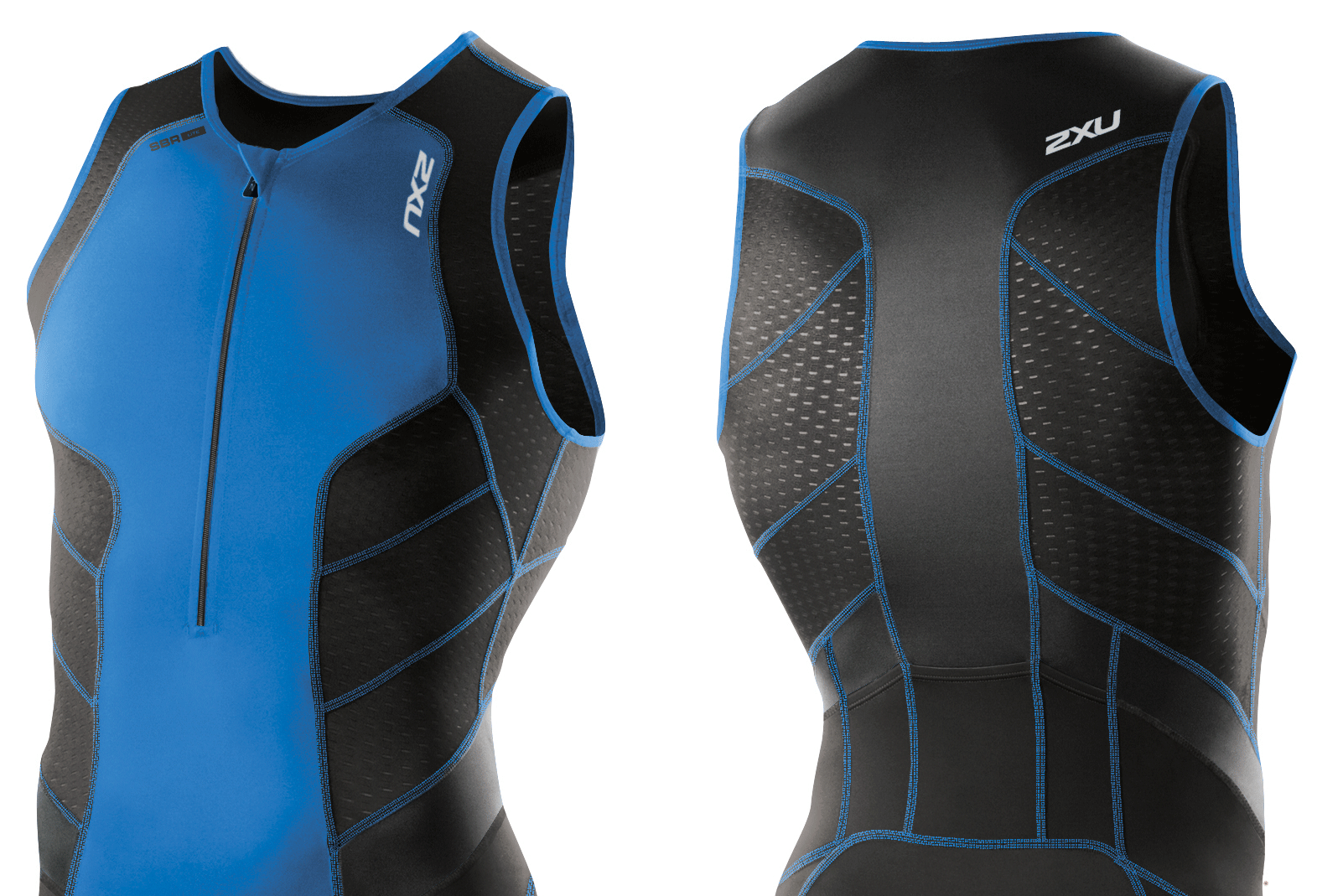
You can expect to be producing quite a lot of heat on the bike and run portions of the race - so you'll want fabric that's breathable and wicks away from your skin. Mesh panels are common, particularly in the upper back and under the arms.
Thin but effective chamois
The chamois pad that features in a tri suit is a lot thinner than that which you'd find in a pair of cycling bib shorts.This reduces the chance of chafing on the run, and also means it dries more quickly. However, you still want the chamois to provide enough padding for comfortable bike riding.
Many triathletes ride in a time trial position, over the front of the saddle - so a tri/tt specific saddle such as an ISM or Specialized Power saddle will help to reduce on-bike discomfort.
Sleevless/flexible arms
Traditionally, triathlon suits have always been sleeveless to allow for easy movement of the arms during the swim leg. However, in recent years, short sleeves - much like those seen on cycling skinsuits - have become more popular. These can be more aerodynamic provided they fit well, and it also means you can wear the same suit if you choose to enter any open time trials (where sleeveless items are not permitted).
Zipper access
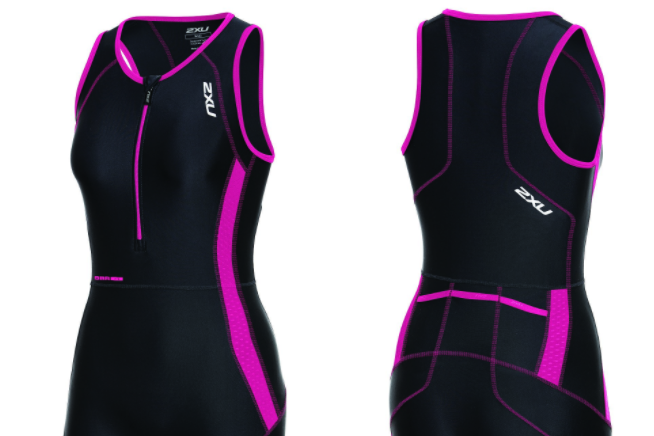
The fastening system on triathlon suits varies. Some have a zip at the front, others at the rear, whilst some simply stretch to allow the wearer to funnel themselves in.
A zip at the front allows for easy ventilation in hot weather. Not only that, rear zips can become intertwined with the chord and zip on a wetsuit - which is always located at the rear. No one wants to strip off more than intended in transition.
Some women's triathlon suits have built in sports bras with zips over the top so that it's possible to unzip without forgoing modesty - though many women will want to wear a more sturdy sports bra underneath for the run (this writer certainly never found an in-built sports bra effective over several years of competition).
Compression fabrics
Fabrics created to provide compression - thus ideally limiting fatigue and aiding recovery after the event - are sewn into some designs. These also tend to offer a more supportive and comfortable fit, but won't be everybody's preference.
As per cycling bib shorts, you'll also want leg grippers that stay put without digging in - a feat that often requires gentle compression.
Aerodynamic fit and fabric
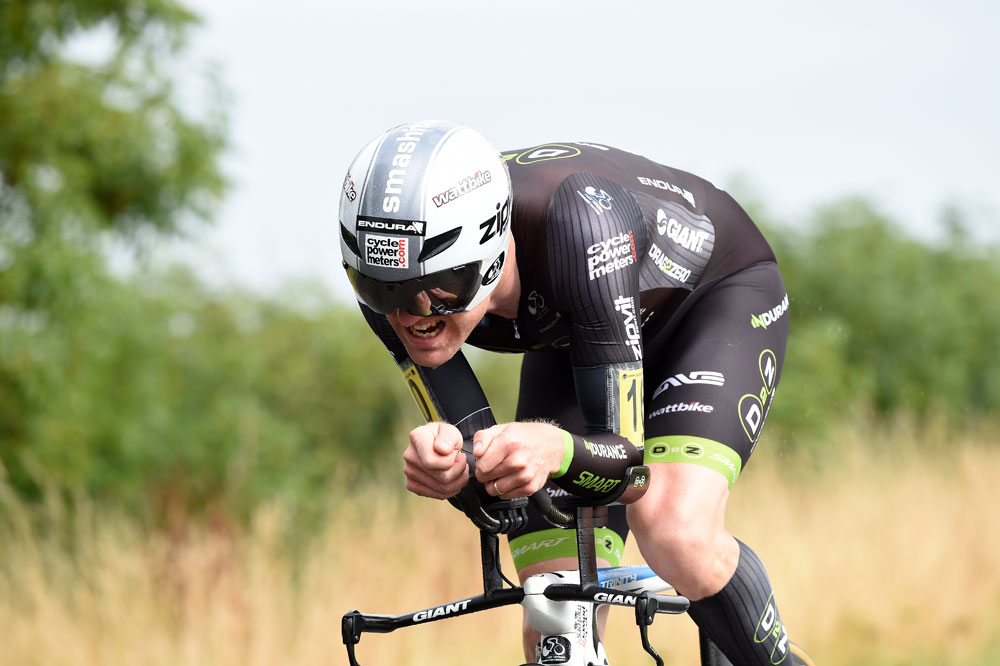
With the majority (but not all) of triathlon bike legs being non-drafting affairs, 'aerodynamics edge' should be pretty high on your 'would like list' and 'wind resistance/drag' should be pretty low.
A triathlon suit which fits close to the skin, with no flapping fabric, can make a dramatic difference - after all, the drag created by a rider's body is oft stated to account for the vast majority of drag encountered by the rider and bike unit.
Some suits also come with dimpled fabric designed to save a few watts - but this will only really factor in for those seeking marginal gains.
Storage
Triathletes adopt various methods when it comes to carrying nutrition. Some triathlon bikes come with storage spaces designed to hold gels and energy products, whilst others simply attach some to the top tube using an elastic band. Some triathlon suits come with pockets at the rear for this purpose.
You'll need to attach your race number to yourself - but most people opt to pin it to a race belt which clips around the stomach or hips. Failing this, this author once omitted to pack one during the crucial race bag prep process and managed quite ok with a piece of string.
Best triathlon suits
The best tri suit for you will be the one that fits you best - and this will vary between individuals. However, there's a few that we rate...
2XU Perform Front Zip Trisuit
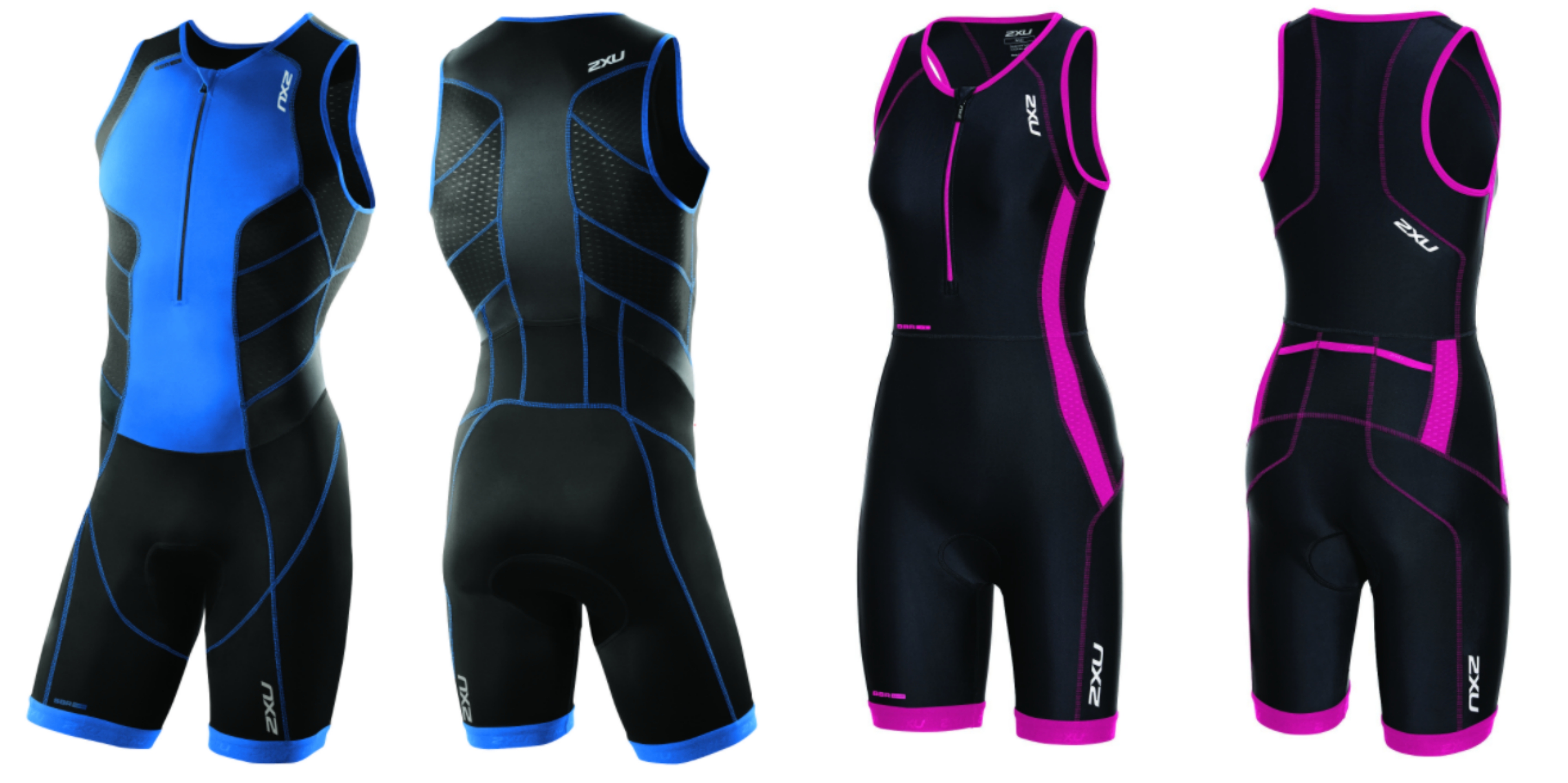
Go to any triathlon anywhere in the country, and you can bet 2XU will have a heavy presence.
The Perform tri suit features about mid-way through the range with an RRP of £110.
There's a women's and men's version, with LD chamois pads to suit respective anatomy. Flatlock stitching is used to reduce any chance of chafing on the run.
Fabrics throughout the garment varies depending upon what's needed. 2XU has a name for itself in compression and its SBR POWER fabric is high denier and provides lower body support whilst SBR LITE offers ventilation and moisture control. There's mesh fabric at the upper back, and three pockets on the men's suit, with two on the women's.
dhb triathlon suit
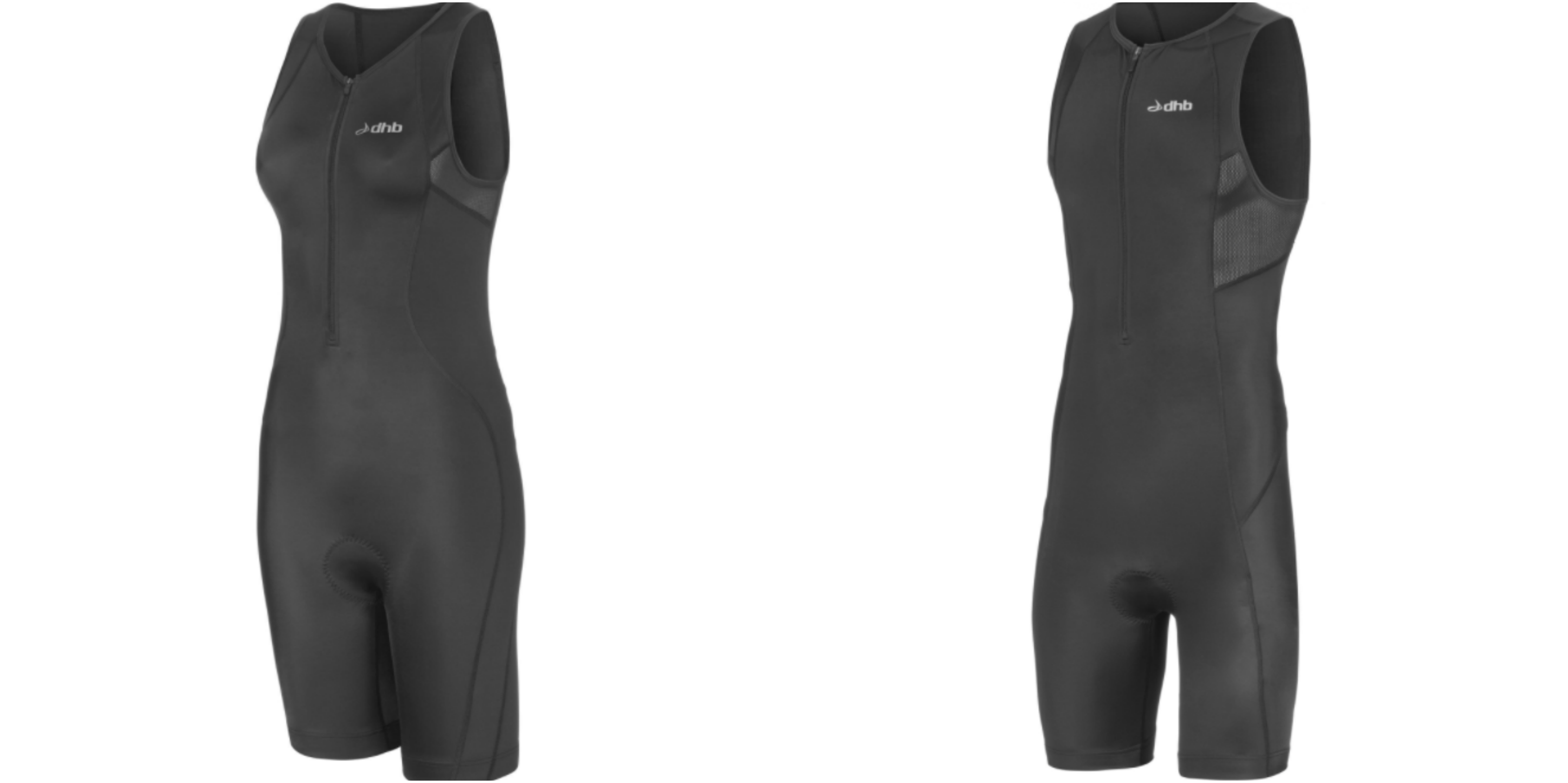
It's pretty rare to see a triathlon suit with an RRP below £50 - but dhb has done it with its classic tri suit at £45, available in men's and women's fit - both with Tri specific chamois pads from industry leader's CyTech.
There's a zip at the front, elastic leg grippers with silicone printing on the inside to keep the legs in place, and mesh back panels for breathability. Flat lock stitching prevents chafing and the material offers UV 50+ protection.
For those who want to spend a little more, dhb has further options including short sleeved versions.
Zone3 Women's Lava Long Distance Short Sleeve Aero suit
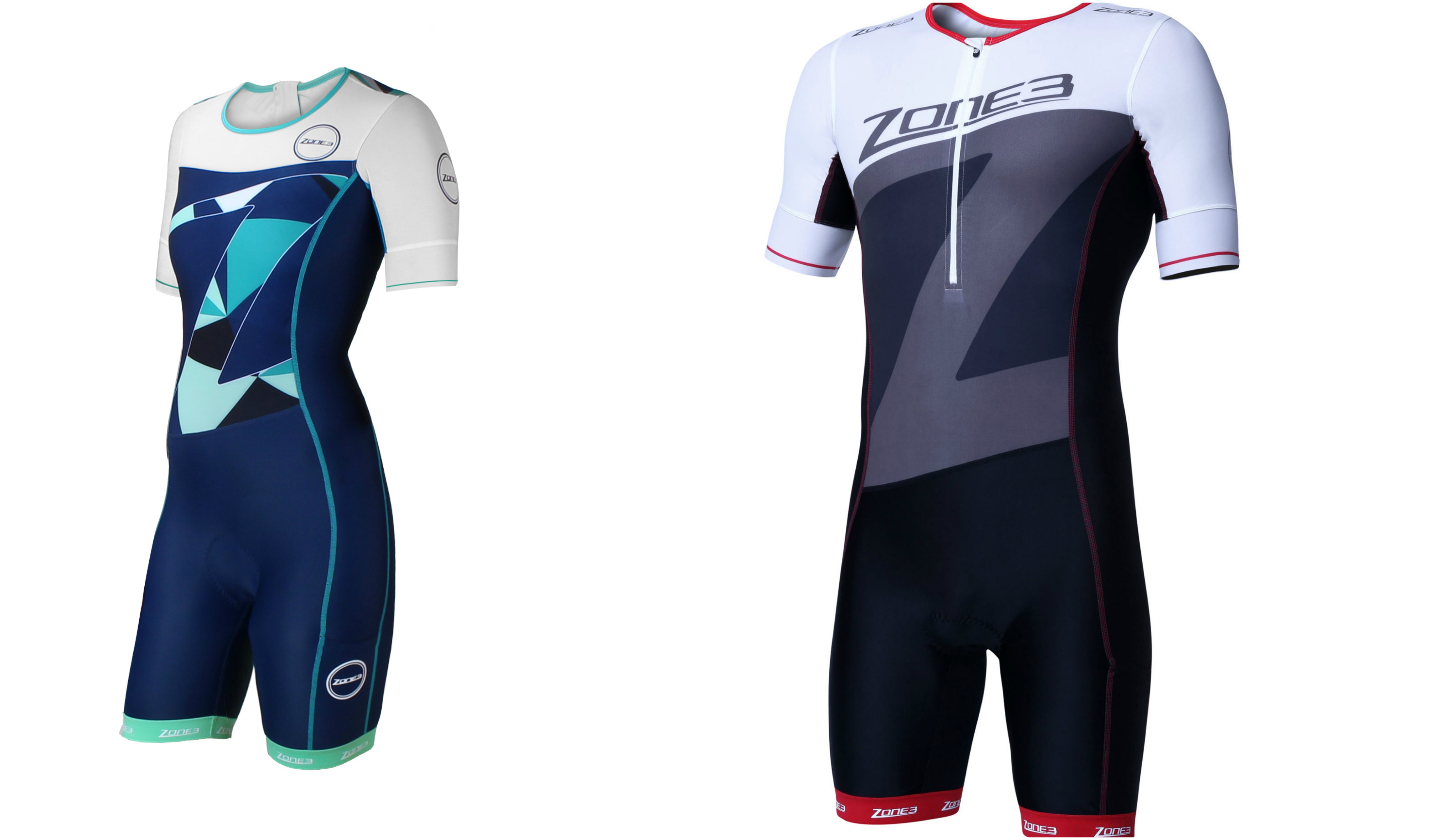
A more pricey option, the Lava suit from Zone3 comes in with an RRP of £159 but is designed specifically for long distance events.
Key features include gender specific 'Iron Performance' pads, designed by industry leader CyTech. These boast perforation to improve breathability and drying capability, and there's higher density foam padding than you'd get in a short distance version whilst elasticity means it moves well on the run.
Pockets at the back and at the sides of the legs allow for plenty of nutrition storage and compression fabric aids blood flow, with the aim of reducing lactic acid during endurance events. The leg grippers stay put thanks to an elastic material with internal and external silicone.

Thank you for reading 20 articles this month* Join now for unlimited access
Enjoy your first month for just £1 / $1 / €1
*Read 5 free articles per month without a subscription

Join now for unlimited access
Try first month for just £1 / $1 / €1
Get The Leadout Newsletter
The latest race content, interviews, features, reviews and expert buying guides, direct to your inbox!
Michelle Arthurs-Brennan the Editor of Cycling Weekly website. An NCTJ qualified traditional journalist by trade, Michelle began her career working for local newspapers. She's worked within the cycling industry since 2012, and joined the Cycling Weekly team in 2017, having previously been Editor at Total Women's Cycling. Prior to welcoming her first daughter in 2022, Michelle raced on the road, track, and in time trials, and still rides as much as she can - albeit a fair proportion indoors, for now.
Michelle is on maternity leave from April 2025 until spring 2026.
-
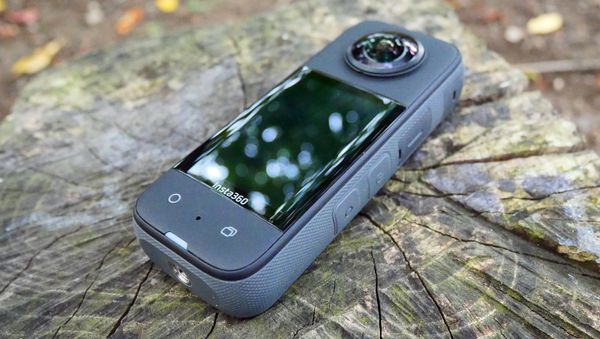 I have been capturing my cycling adventures for over 20 years, and two of the best action cameras for cyclists have just hit their lowest prices on Amazon
I have been capturing my cycling adventures for over 20 years, and two of the best action cameras for cyclists have just hit their lowest prices on AmazonDeals Amazon has slashed the price on Insta360 cameras, including the highly rated X3, which has a huge 30% off
By Paul Brett Published
-
 MAAP teams up with QUOC; first collab is the Gran Tourer XC shoe
MAAP teams up with QUOC; first collab is the Gran Tourer XC shoeDesigned for off-road riding the limited-edition shoe features a new colourway and other features
By Luke Friend Published